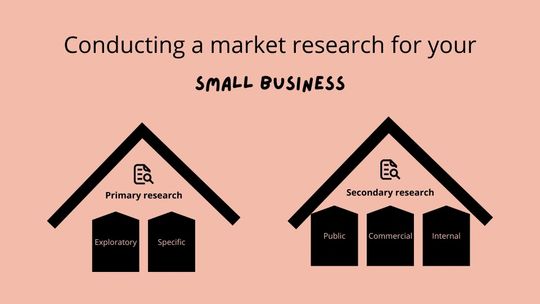
Whether you are just starting your business or launching a new product, as an entrepreneur, conducting market research helps you make better business decisions and avoid costly mistakes.
It can also help you to identify opportunities to generate more business with existing customers.
Market research empowers and helps you make the best decisions for you and your business.
As you start digging for information about market research, you’ll hear about primary and secondary market research. Both can be either qualitative or quantitative, depending on the studies you conduct and what you’re trying to learn about your industry.
Qualitative research is concerned with public opinion and explores how the market feels about the products currently available in that market. Quantitative research is concerned with data and looks for relevant trends in the information that’s gathered from public records.
Primary research
Primary research is the pursuit of first-hand prospective customers, the general public, or a mixture of both. It’s useful when segmenting your market and establishing your buyer personas, and can help you determine your product’s plusses and minuses. Primary market research tends to fall into one of two buckets: exploratory and specific research.
The exploratory primary research usually comes first and it focuses on potential problems that would be worth tackling as a team.
The specific primary research instead is used to dive into issues or opportunities the business has already identified as important.
Secondary research
Secondary research is all the existing data you can use to retrieve customer information. It can include government census data and surveys done by other companies and organizations. Secondary data serves as a larger view of the marketplace. Secondary research is particularly useful for analyzing your competitors and getting a larger view of the marketplace. There are three main sources of information for your secondary research: public, the most accessible ones, they are often free to find in government statistics for example; commercial, this information comes often in form of market reports made by research agencies; and internal, this source comes from your own data, the information your company gather, revenue, customer retention…
The process of researching the market takes time and resources, which as a small business owner you don’t always have. Contact us! We are here to help you strategize, plan and execute.




